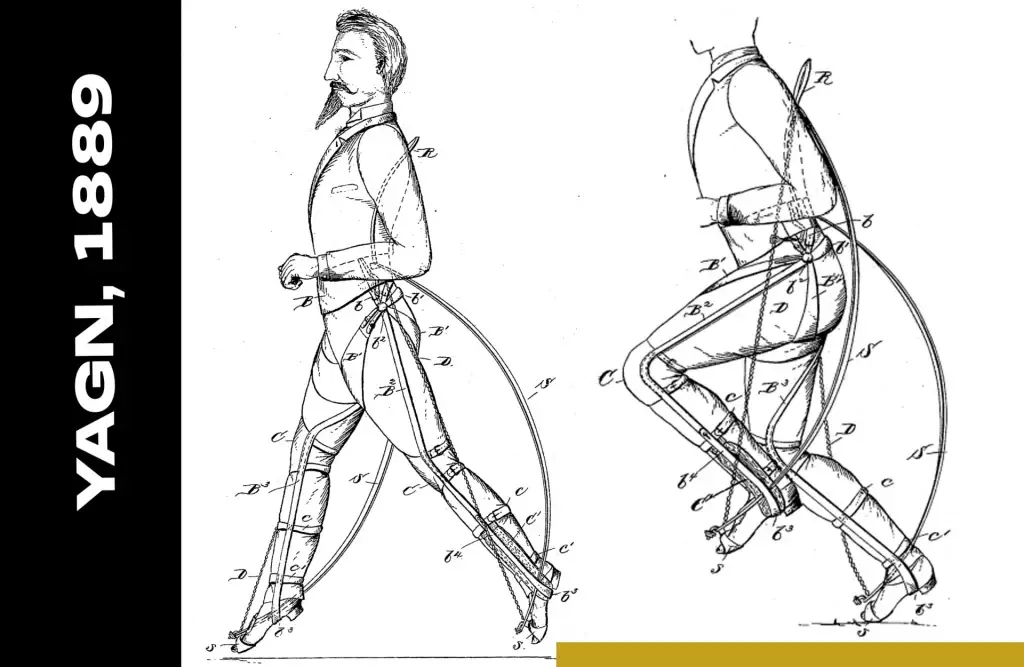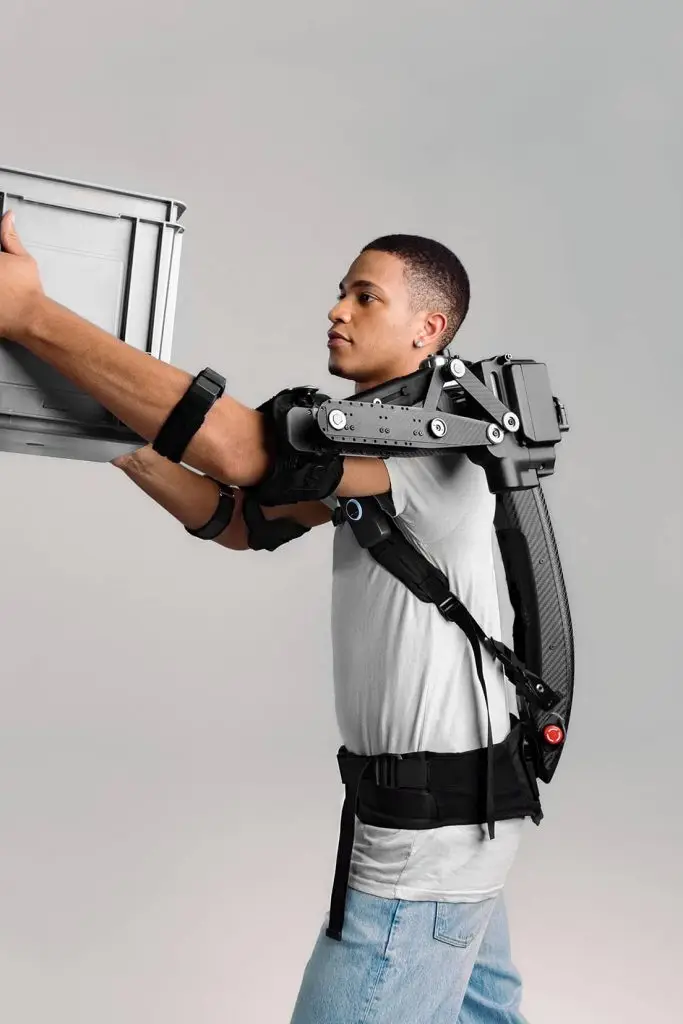What is an Exoskeleton?

Understanding Exoskeletons: A Revolutionary Support System
What is an exoskeleton? At its core, an exoskeleton is a wearable device designed to enhance or support human physical performance by providing external structural support. Originally inspired by the protective shells of certain animals, exoskeletons have evolved into cutting-edge tools for a variety of applications, from industrial labor to healthcare.
A Brief History
The concept of the exoskeleton dates back to 1890, when Nicholas Yagn patented a device with springs to aid soldiers in moving faster. While the first industrial attempt to create an exoskeleton—the Hardiman by General Electric—focused on military applications, it paved the way for broader uses. By 2004, the Japanese HAL (Hybrid Assistive Limb) shifted the focus from combat to rehabilitation, enabling paraplegics to walk and workers to lift heavier loads safely.


Exoskeletons Today
Modern exoskeletons come in two primary forms: active and passive. What is an exoskeleton in the modern sense? It is a highly engineered support system that can either utilize motors and sensors in active models or rely on mechanical elements like springs in passive ones. Both types aim to reduce strain, improve safety, and enhance productivity. Their applications span industries such as construction, logistics, and healthcare, where repetitive strain or heavy lifting is common.
Why Exoskeletons Matter
Exoskeletons help alleviate physical fatigue, prevent injuries, and improve efficiency. They are particularly valuable in industries where workers are exposed to high levels of physical stress. Furthermore, as technology advances, these devices are becoming lighter, more affordable, and easier to integrate into daily tasks.

